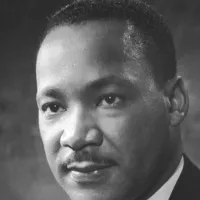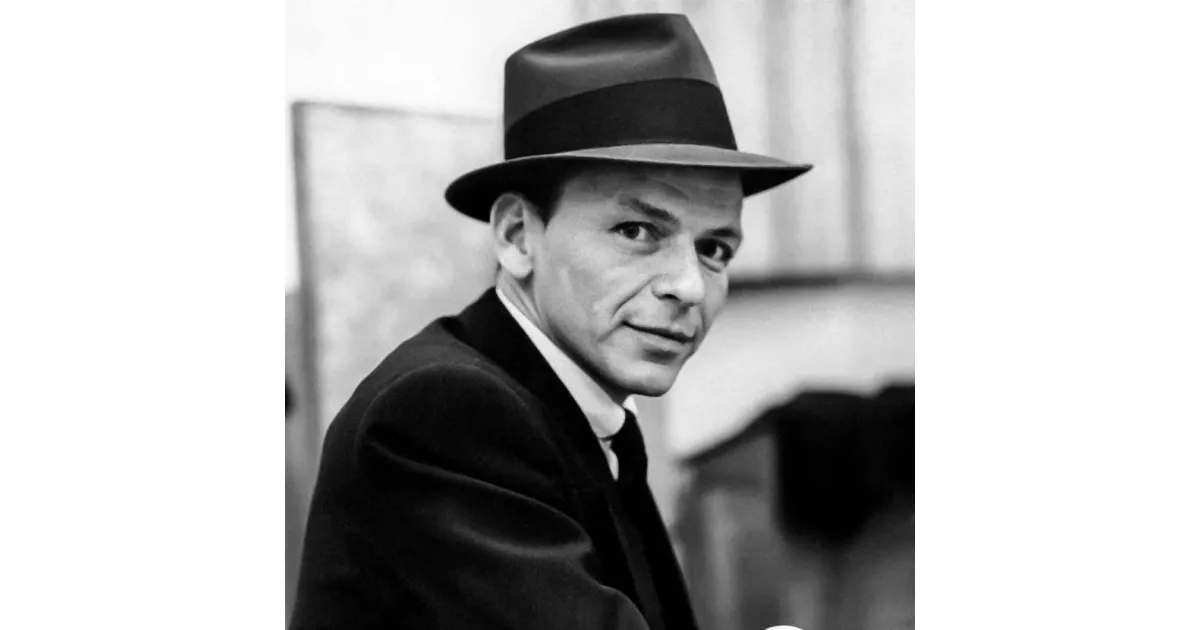A closer look at the defining struggles that shaped Frank Sinatra's life and career.
Frank Sinatra, nicknamed "Chairman of the Board" and "Ol' Blue Eyes", was a highly popular and influential American singer and actor of the 20th century. He is considered one of the best-selling music artists globally, with estimated record sales of 150 million. Sinatra's impact on music and entertainment remains significant.
November 1945: Involvement in Froebel High School strike
In November 1945, Frank Sinatra was invited to Gary, Indiana, to try to settle a strike at Froebel High School regarding racial policies, leading to accusations of being a communist.
1946: Attendance at the Mafia Havana Conference
In 1946, Frank Sinatra attended the Mafia Havana Conference with Lucky Luciano, resulting in negative press with headlines like "Shame, Sinatra".
1947: Fight with Lee Mortimer
In 1947, Frank Sinatra received negative press for a fight with Lee Mortimer.
1950: Fight with photographer Eddie Schisser
In 1950, Frank Sinatra had a violent incident with photographer Eddie Schisser in Houston, leading to negative press.
1954: Fight with Judy Garland's publicist Jim Byron
In 1954, Frank Sinatra was involved in a fight with Judy Garland's publicist, Jim Byron, on the Sunset Strip, contributing to negative press.
1962: Snub by John F. Kennedy
In 1962, Frank Sinatra was snubbed by President John F. Kennedy, who stayed with Bing Crosby instead of Sinatra in Palm Springs due to FBI concerns.
1963: Suspension of gambling license and relinquishing of casino shares
In 1963, Frank Sinatra's gambling license was temporarily suspended after Giancana was spotted at the Cal Neva Lodge & Casino, leading him to give up his shares in Cal Neva and the Sands.
1970: Release of Watertown
In 1970, Frank Sinatra released "Watertown", a critically acclaimed concept album, though it was not commercially successful.
1973: Confrontation with Maxine Cheshire
In 1973, Frank Sinatra confronted Washington Post journalist Maxine Cheshire, making offensive remarks and receiving negative press.
January 1977: Death of Dolly Sinatra and Royal Albert Hall Performance
In January 1977, Frank Sinatra's mother, Dolly, died in a plane crash while traveling to see him. He canceled shows and spent time in Barbados. In March 1977, he performed at the Royal Albert Hall in London, raising money for charity.
1978: Lawsuit Against Land Developer
In 1978, Frank Sinatra filed a $1 million lawsuit against a land developer for using his name in the "Frank Sinatra Drive Center" in West Los Angeles.
September 21, 1983: Lawsuit Against Kitty Kelley
On September 21, 1983, Frank Sinatra filed a $2 million court case against Kitty Kelley before her unofficial biography, 'His Way', was published.
September 19, 1984: Dropped case against Kitty Kelley
On September 19, 1984, Frank Sinatra was forced to drop his case against Kitty Kelley, with several leading newspapers expressing concerns about censorship.
1986: Collapse on Stage and Rat Pack Reunion Tour
In 1986, Frank Sinatra collapsed on stage in Atlantic City and was hospitalized for diverticulitis. Two years later, he reunited with Martin and Davis for the Rat Pack Reunion Tour.
1986: Colon Surgery
In 1986, Frank Sinatra's daughter Tina Sinatra blamed Kitty Kelley and her book 'His Way' for her father's colon surgery.
March 1994: Fainting Onstage in Richmond, Virginia
During his tours, in March 1994, Frank Sinatra fainted onstage in Richmond, Virginia, due to memory lapses during concerts.
February 1997: Heart attack and final public appearance
In February 1997, Frank Sinatra suffered a heart attack and made no public appearances following this event.
Mentioned in this timeline

John F Kennedy JFK was the th U S President...

The White House located at Pennsylvania Avenue NW in Washington...

Martin Luther King Jr was a pivotal leader in the...
CBS Broadcasting Inc CBS is a prominent American commercial broadcast...
California is a U S state on the Pacific Coast...
The Kennedy Center Honors are annual awards recognizing individuals and...
Trending

2 months ago Kristen Bell and Adam Brody reunite in 'Nobody Wants This' Season 2!

25 days ago Katherine Schwarzenegger & Chris Pratt's Christmas Agreement Before Marriage Revealed: A Tradition!

7 months ago David Yost Ends Ohio Governor Bid, Boosting Vivek Ramaswamy's Chances Against Trump-Backed Candidate
1 month ago Avelo Adds Routes, Offers Cheap Flights: $34 to Florida, $35 from Concord.

6 months ago NJ Transit Bus Driver Charged After Crash Injuring Roseland Police Officer Critically.
2 months ago Typhoon Kalmaegi Devastates Philippines: Hundreds Dead, Another Storm Threatens Hope
Popular

XXXTentacion born Jahseh Dwayne Ricardo Onfroy was a controversial yet...

Ben Shapiro is a prominent American conservative political commentator media...

Candace Owens is an American conservative political commentator and author...
The Kennedy Center Honors are annual awards recognizing individuals and...

Stranger Things created by the Duffer Brothers is a popular...

William Franklin Graham III commonly known as Franklin Graham is...
